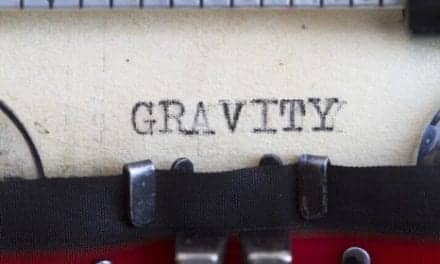University of Florida researchers have developed a computational model that they hope could help physical therapists determine the best treatment approach to spur the most optimum recovery from a stroke.
Funded by the National Institute of Biomedical Imaging and Bioengineering, the computational walking model of a particular patient is constructed from walking data collected on a treadmill, and it is used to predict how a patient will walk after participating in different rehabilitation treatments.
Researchers hope that one day the model will be able to predict the best gait a patient can achieve after completing rehabilitation, as well as recommend the best rehabilitation approach to help the patient achieve an optimal recovery, according to a media release from National Institute of Biomedical Imaging and Bioengineering.
The University of Florida team, led by BJ Fregly, PhD, first measured how the patient walked at his preferred speed on a treadmill. Using those measurements, they then constructed a neuromusculoskeletal computer model of the patient that was personalized to the patient’s skeletal anatomy, foot contact pattern, muscle force generating ability, and neural control limitations
They suggest that the personalized model was able to predict accurately the patient’s gait at a faster walking speed, even though no measurements at that speed were used for constructing the model, the release explains.
Fregly and his team believe this advance is the first step toward the creation of personalized neurorehabilitation prescriptions, filling a critical gap in the current treatment planning process for stroke patients. Together with devices that would ensure the patient is exercising using the proper force and torque, personalized computational models could one day help maximize the recovery of patients who have suffered a stroke, they suggest.
“Through additional NIH funding, we are embarking with collaborators at Emory University on our first project to predict optimal walking treatments for two individuals post-stroke,” Fregly says in the release. “We are excited to begin exploring whether model-based personalized treatment design can improve functional outcomes.
[Source(s): National Institute of Biomedical Imaging and Bioengineering, Science Daily]





